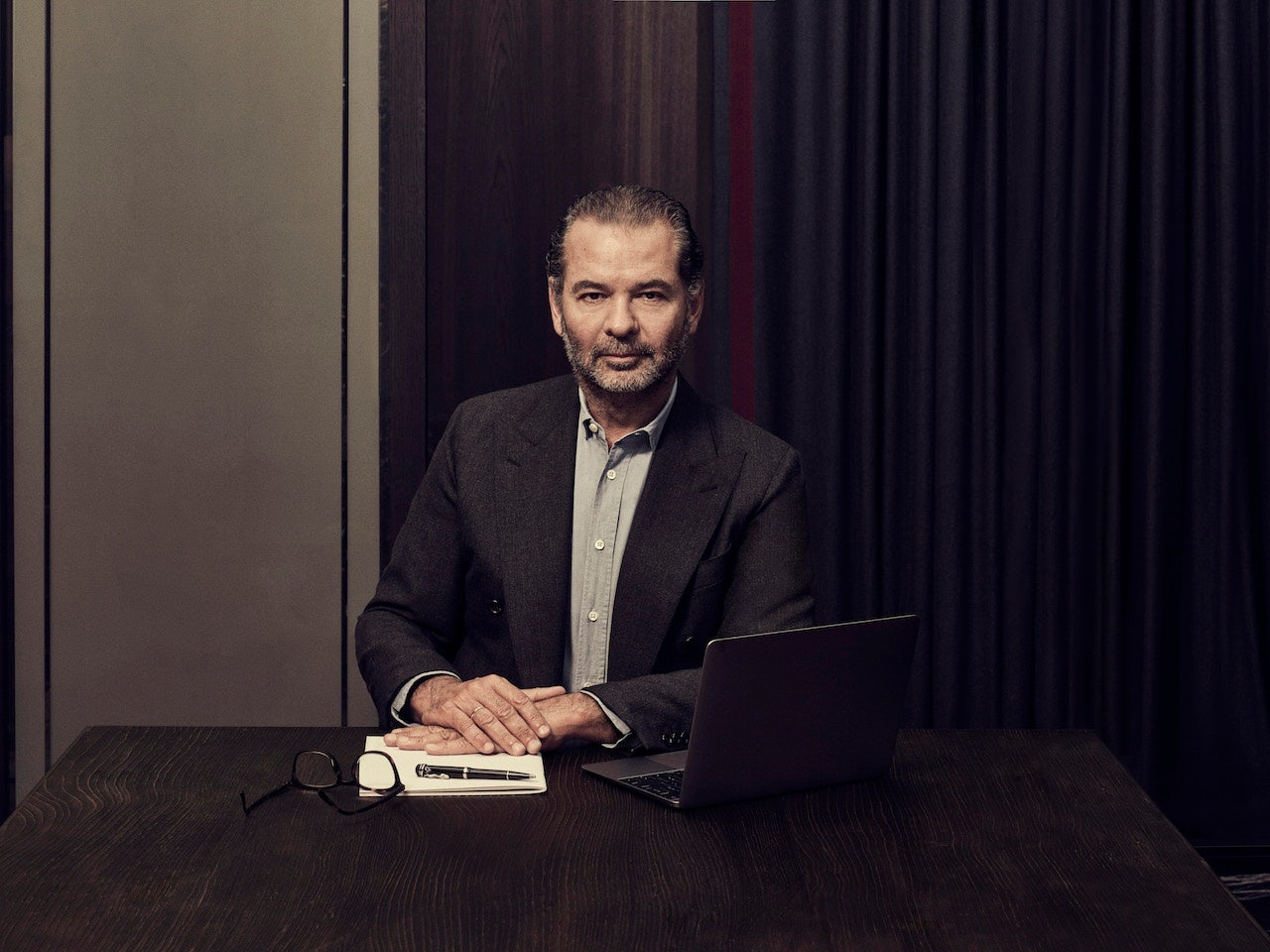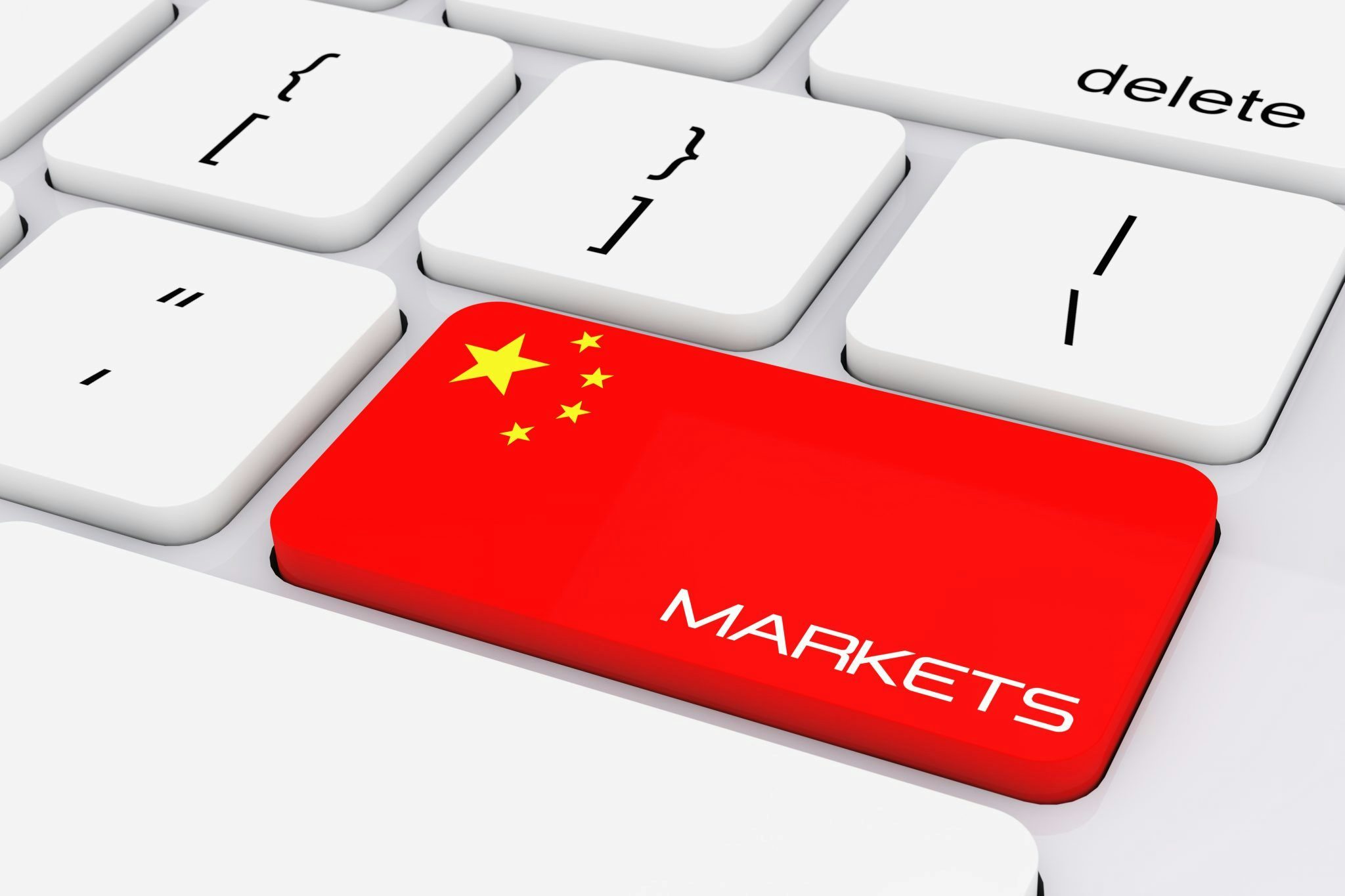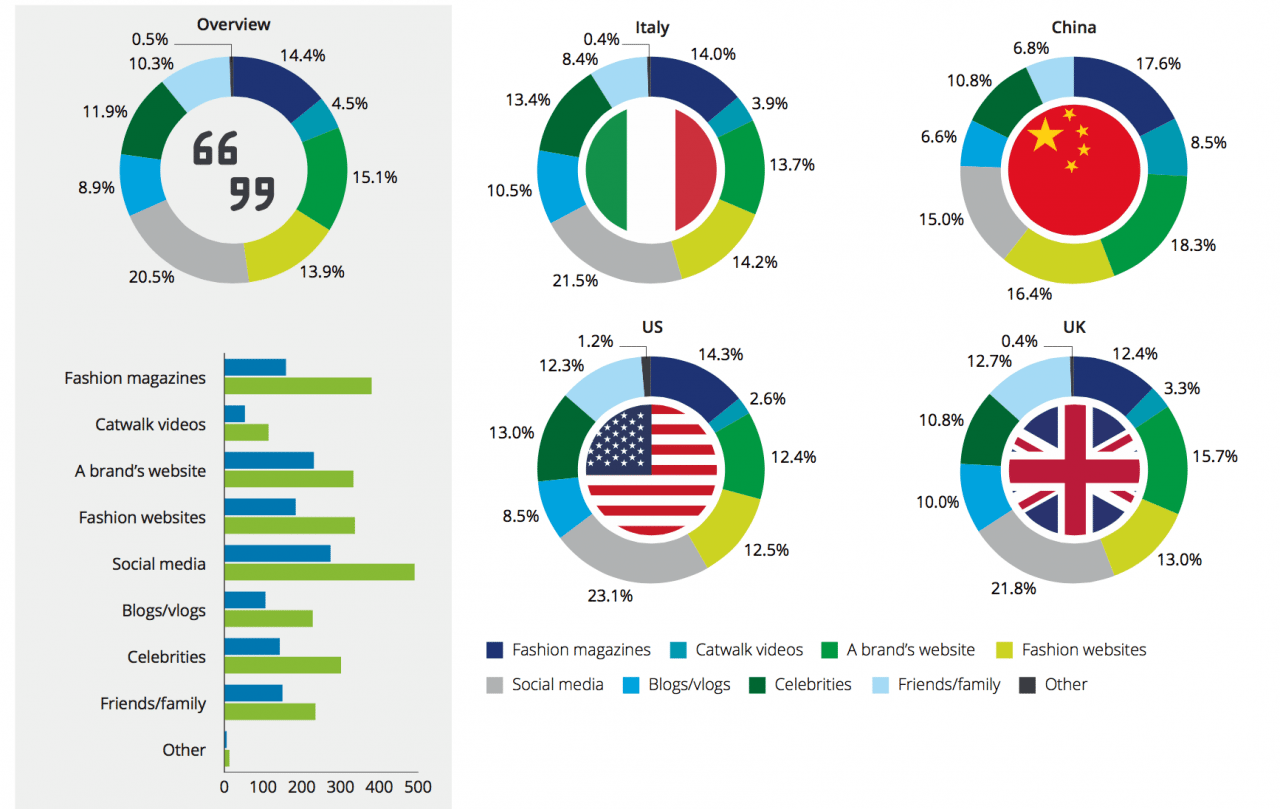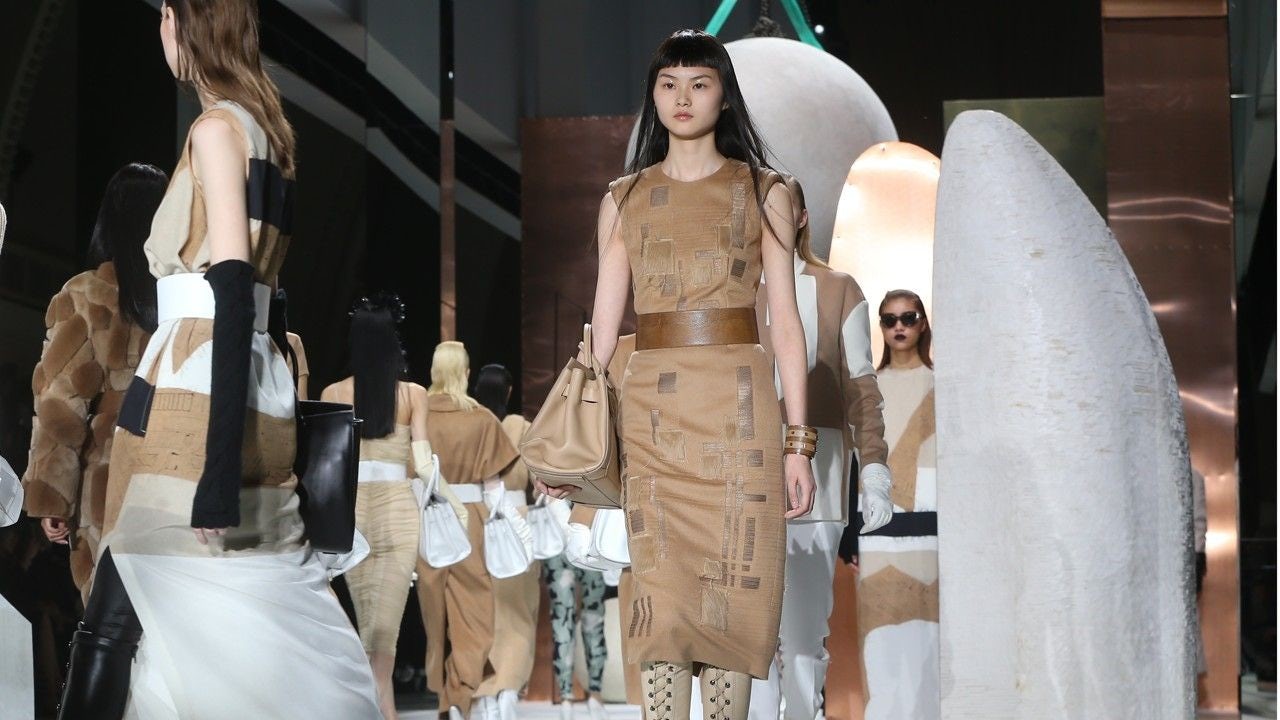Italian fashion label Moncler is known in China as producing "must-have" down jackets featured in many public figures' street style. The list of high profile figures wearing Moncler jackets includes tech giant Alibaba’s founder Jack Ma; business tycoon and founder of the real estate enterprise Vanke, Wang Shi; and pop idol Faye Wong. Its high-end jackets with the iconic M logo have built up a substantial reputation among consumers in China and East Asia, which accounts for 40 percent of Moncler’s revenue. What many may not be familiar with is the story behind the rise of this luxury outerwear empire.
Founded in Grenoble, France in 1952, Moncler started as a ski wear company and was struggling by the end of the 1990s and barely surviving in the face of competition from luxury brands like Gucci, Prada, and sportswear companies like North Face. However, by 2016, Moncler entered the one billion dollar club and was also one of the few companies that achieved an excellent sales record during a harsh winter period in luxury business.
The mastermind behind the comeback story of this historic brand is Remo Ruffini, who shares a lifelong passion for Moncler and has been wearing the brand's clothing since he was a teenager. Since he bought the brand in 2003, this hands-on CEO has led Moncler to transform from a ski wear private equity to a publicly traded global lifestyle brand — "a jacket for all occasions" as Mr. Ruffini calls it. Within 7 years, it achieved annual sales of 368 million, a significant increase from 62 million in 2003.
We had the chance to interview this legendary CEO. Eyeing the 2022 Winter Olympics in Beijing, he shared with us his holistic view on developing a growth strategy in the Chinese market, from collaboration with Chinese artists, dealing with counterfeits, to the latest WeChat e-commerce digital transformation.
What are some of the biggest challenges you foresee for Moncler in the China market for 2018? How do you prepare to overcome these challenges?#
Among the international customers, Chinese ones are more digitally driven today. Technology related to consumption in China made giant steps in recent years. Chinese customers today can count on the integrated digital ecosystem WeChat, which permits all in one to be connected socially, communicate, but also buy at the same time. Our challenge is of course to have a leading role with all these technological changes.
As a matter of fact, Moncler just launched its first WeChat store based on the mini-programs platform, a kind of sub-application within the WeChat ecosystem that enables to provide advanced features to users such as e-commerce. We are one of the few luxury brands who believed in this great opportunity and we are going to launch another ‘temporary store’ within WeChat in the next months, each time with dedicated collections.
The final challenge and goal will be to connect our official online store with WeChat to create a more consistent e-commerce experience for Chinese consumers. All of this will be supported, in terms of marketing and communication, by a new approach to digital contents more and more conceived and produced for China market. We really believe in a new digital communication strategy for Moncler in China, coherent with the global digital Moncler attitude, that will find us ready, strong and ready for the winter Olympics Games in 2022. A good mix of influencers strategy and new advertising formats, both for WeChat than for online media, will make the digital presence of Moncler in China unique and innovative.
How do you achieve desirability in China?#
It’s the very intuition of ever-changing combinations of technology and nature, mountain and city, functionality and aesthetics that make each Moncler piece the quilted jacket par excellence. Indulging yourself in something that makes you feel good is the secret to find your perfect Moncler jacket, would that be from either the main line, or Moncler Grenoble collection.
What are some significant differences between Chinese and Western customers that you have observed over the years?
#
In my view, we cannot reduce the differences to simple categories of customers and relate to the country or region where they belong to. Today there’s a very complex population of distinct luxury consumers that covers regions and age groups, with their peculiarities and consumption habits. In general, we actually see that luxury consumption is mainly local in western countries and the physical shopping experience in mono-brand stores is still important.
Chinese customers are in a universe of their own. They travel a lot, they are high spenders and they shop abroad, but they are at the same time very dynamic and contemporary too in their shopping attitudes by using digital platforms very proactively.
To face today's attitude to consumption, companies like Moncler cannot have an ordinary approach anymore but they need to put on the ground a personalized and reactive strategy for each customer segment.
For the 2017/18 Autumn/Winter collection, you worked with Chinese “invisible artist” Liu Bolin. Would you work with more artist/designers from China to attract Chinese consumers?#
I think creativity has no boundaries. I do believe that managing to observe what surrounds us, and trying to imagine it in a different way each time, or applied to new forms of expression, is a fundamental exercise for those in my line of work. That’s how all artistic partnerships the brand has worked on have gone, always giving a unique interpretation of the Moncler universe. Even for the advertising campaign that for Moncler is a form of communication, which has has been always unexpected and innovative. Following the fairy-tale atmosphere and literary vision of the previous Moncler campaigns, this year imagery, for SS 17 and FW 17, plays out along a surreal imaginary thread. Images are transformed into a chameleon-like camouflage with the Chinese artist Liu Bolin, as a protagonist. Moncler adopts always a contemporary and global approach to research in a tireless quest for innovation - performance art open to interpretation and this is conceived as a global statement talking to all customers.
One of the biggest challenges for brands working in China is counterfeit products. Does Moncler have those challenges? And if so, how does it deal with them?#
The Chinese market, besides representing an important market for Moncler, is also a challenge for us due to the counterfeit issues. The respect we have towards all our clients and the protection of the authenticity of our products and our brand led us to structure an ad hoc program from the beginning. We do regularly carry out monitoring and enforcement activities on the Chinese mainland and Greater China as well, both online and offline, achieving significant results.
Moncler just opened a flagship store in Hong Kong. Do you plan to expand Moncler’s store network in mainland China?#
Hong Kong is very international and it's a financial hub in the APAC region. People there travel a lot and there are a lot of tourists. Although today’s consumers are far more complex and demanding, they have direct access to all the brands in the world through the online stores and retailers, with our new Hong Kong flagship store we want to offer a wider dedicated window to the world of Moncler giving an opportunity to our customers to reach our products in a way that is simply more complete for them. The Hong Kong flagship strengthens our retail network in the city where we have Moncler boutiques in several venues such as IFC, Lee Gardens to name a few. Our expansion globally is continuing gently, even in mainland China where we do actually have a balanced presence in terms of DOS, not only in first-tier cities but also in second ones.



